FTDI Click
R645.00 ex. VAT
FTDI Click is a compact add-on board that provides a high-speed USB to a serial interface converter. This board features the FT2232H, a 5th-generation high-speed USB 2.0 to a serial UART/I2C/SPI interface converter from FTDI. The entire USB protocol is handled on the chip (FTDI USB drivers required), making this board ideal for various USB applications. Besides a selectable interface and a standalone operation possibility, it also includes an EEPROM which contains the USB configuration descriptors for the FT2232H and one DA converter for additional reference in user-configurable applications. This Click board™ has the capability of being configured in various industry-standard applications suitable for development purposes by adding USB to a target design.
FTDI Click is supported by a mikroSDK compliant library, which includes functions that simplify software development. This Click board™ comes as a fully tested product, ready to be used on a system equipped with the mikroBUS™ socket.
Stock: Lead-time applicable.
| 5+ | R612.75 |
| 10+ | R580.50 |
| 15+ | R548.25 |
| 20+ | R527.61 |

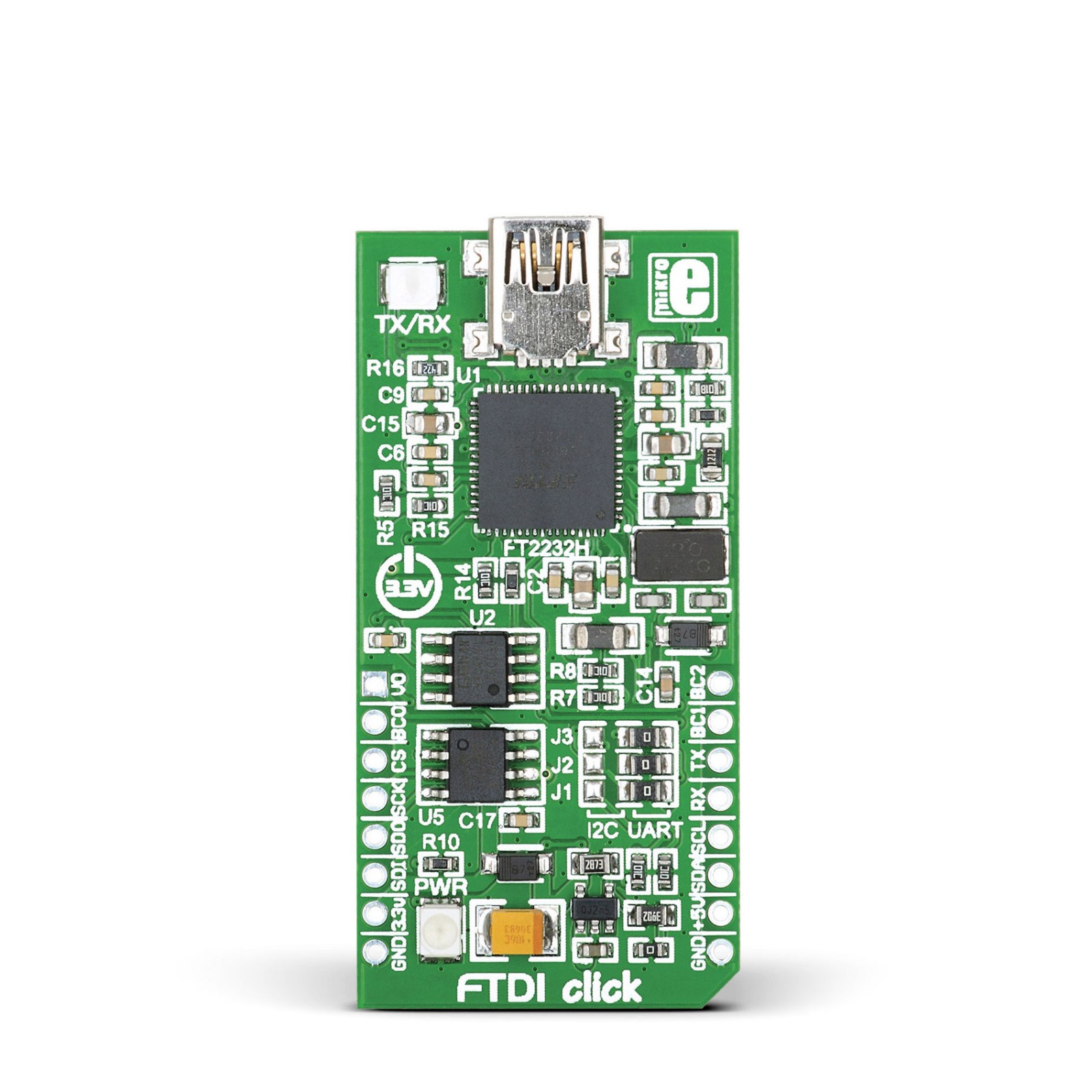
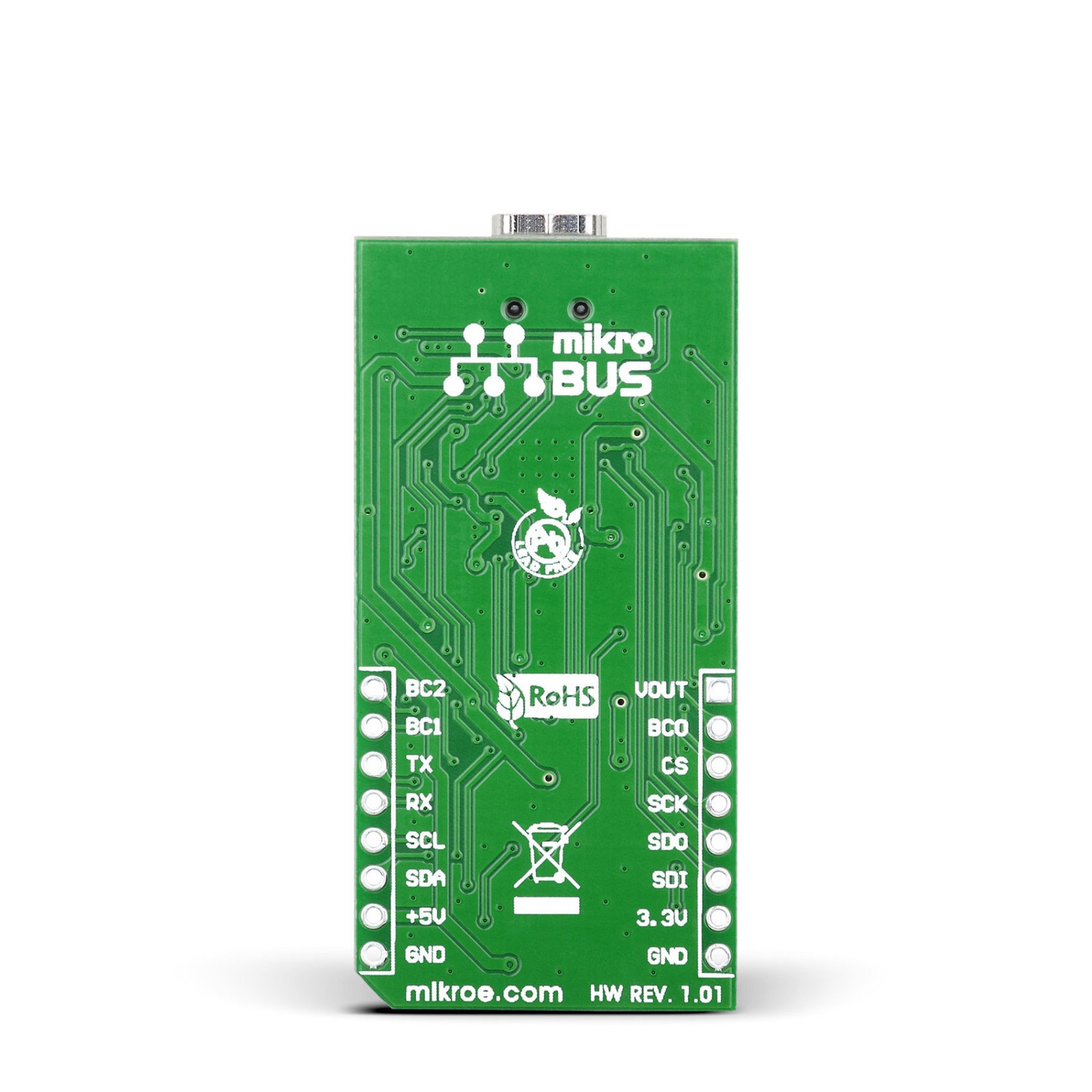
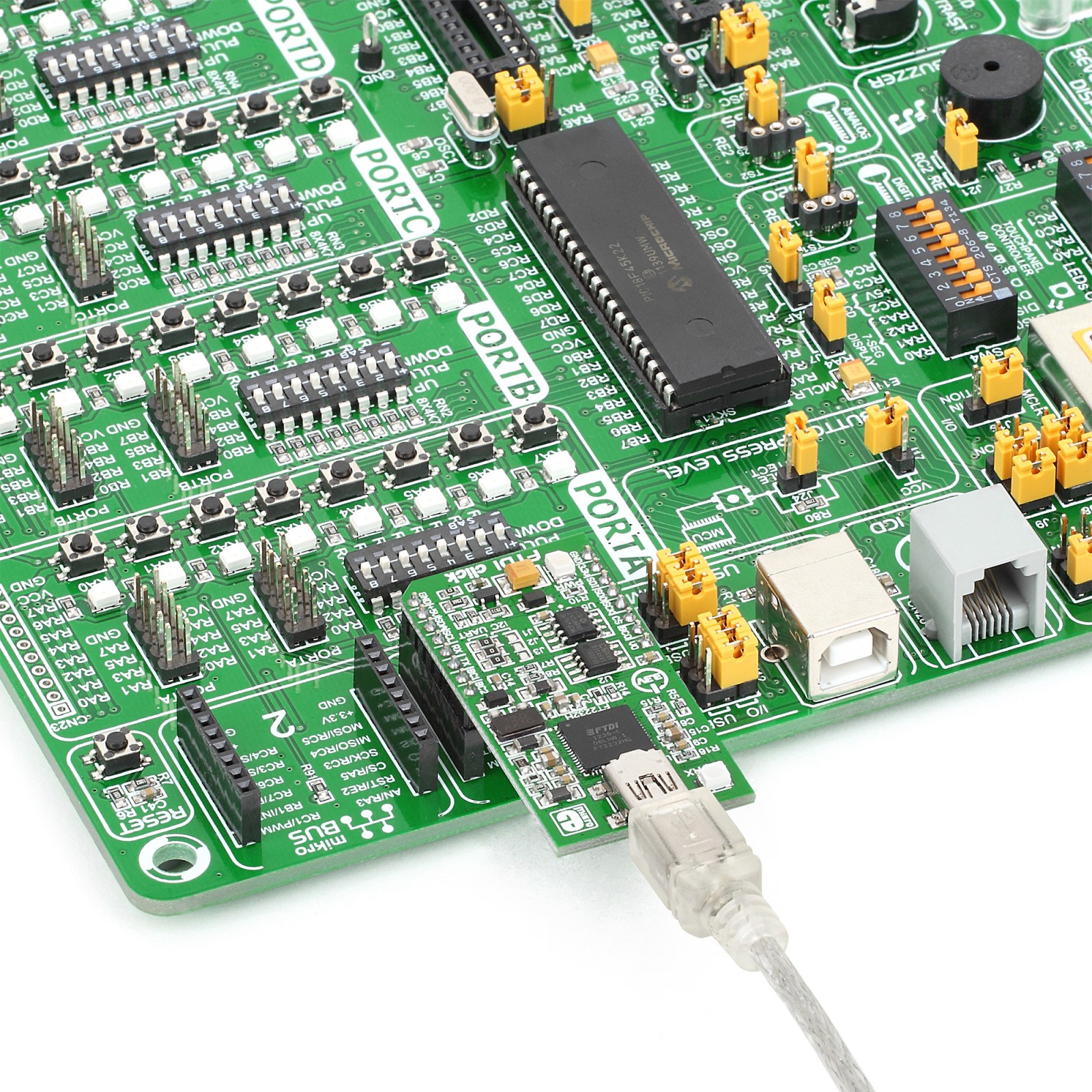
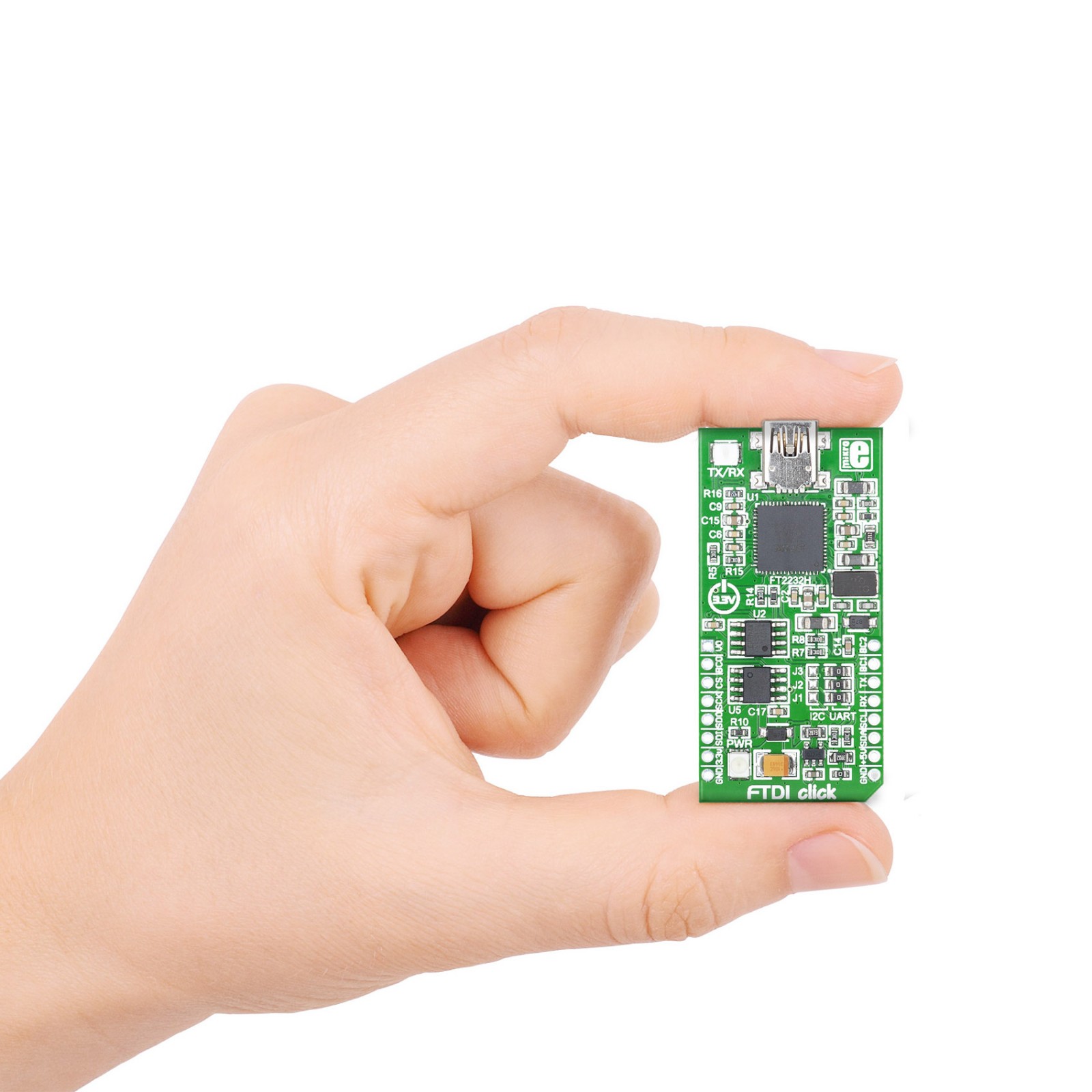
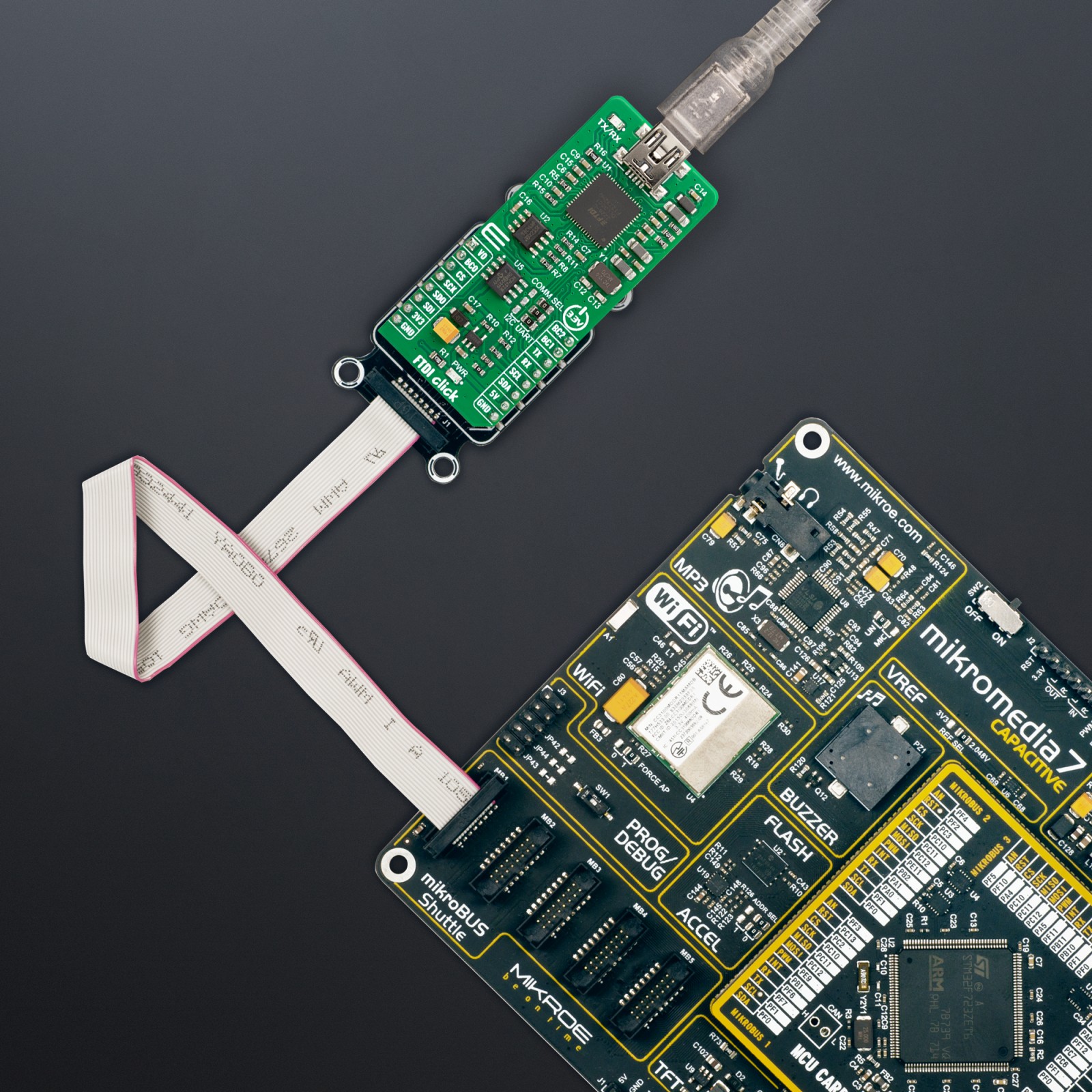

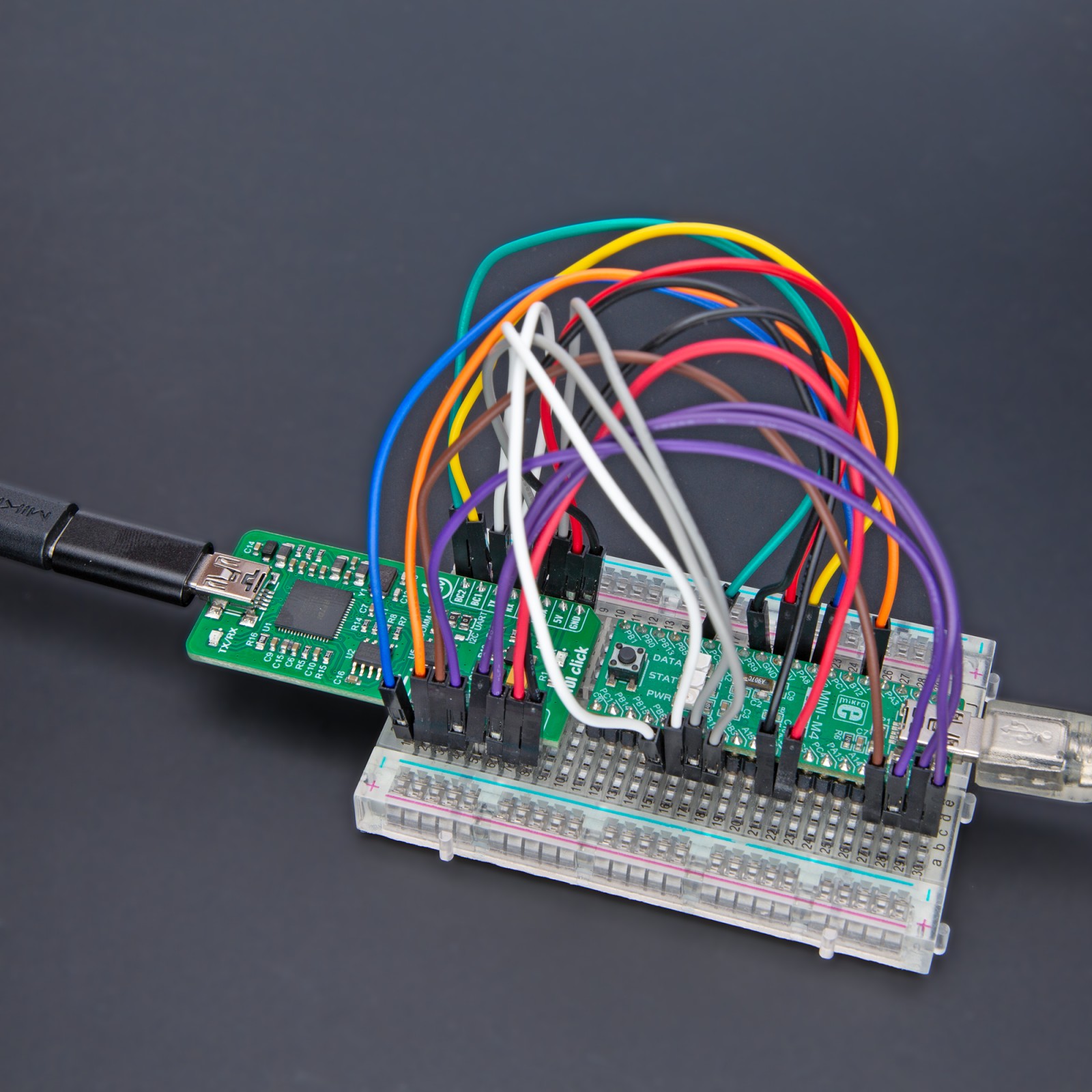
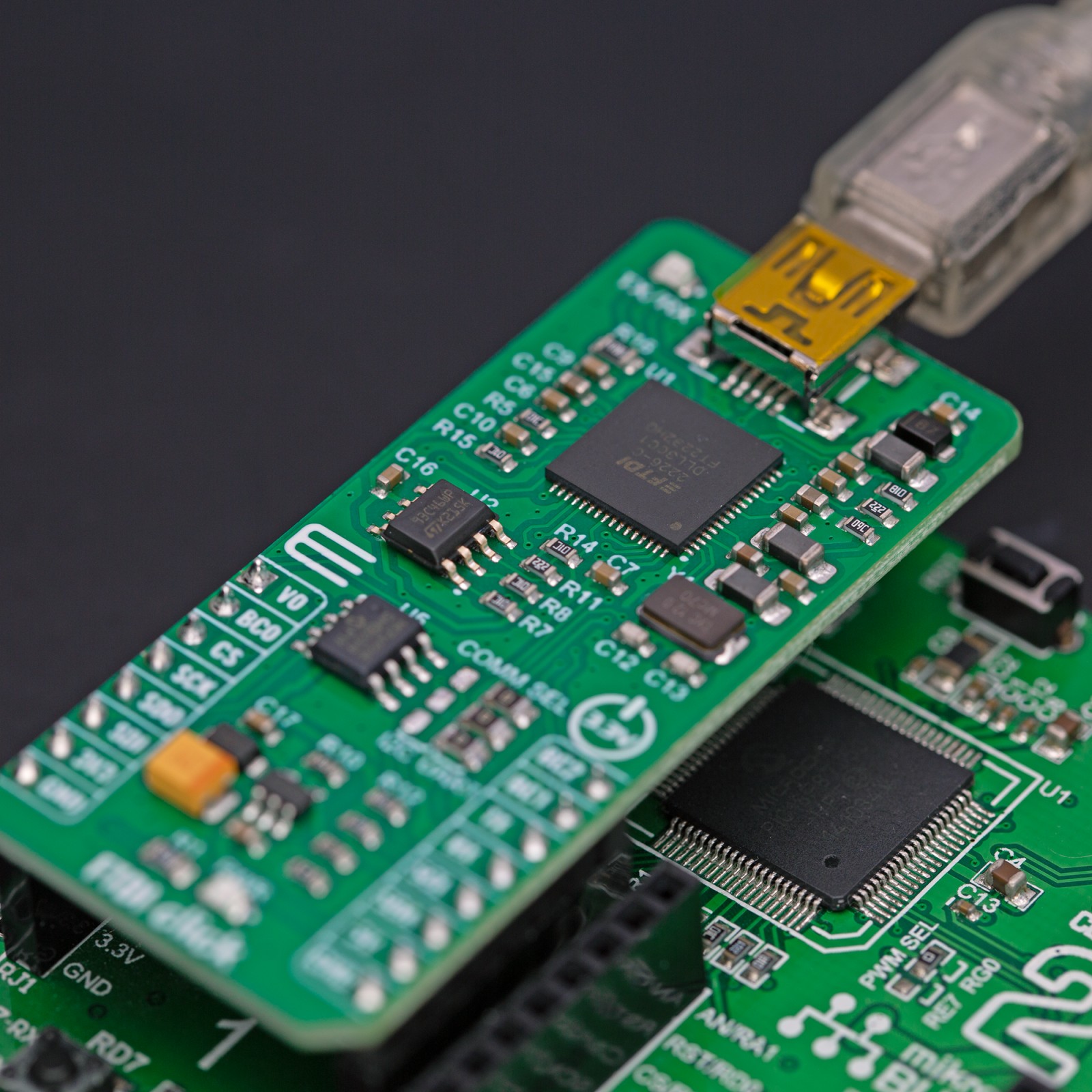

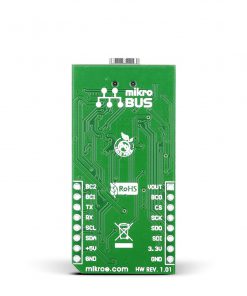
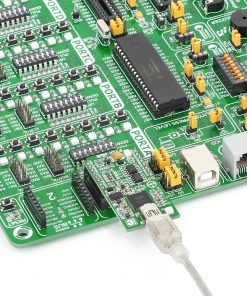
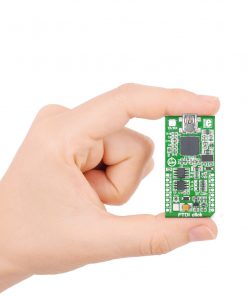
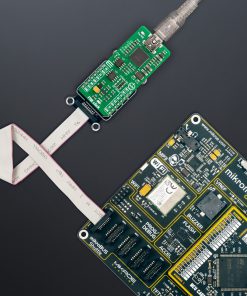

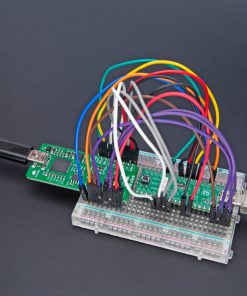

.jpg)








